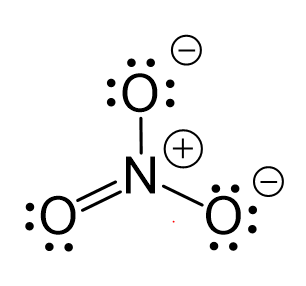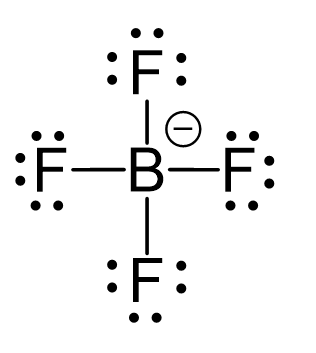Balance the redox reaction H2O2(aq) + ClO2(aq) → ClO2–(aq) + O2(g) in a basic solution
Balance the following redox reaction in an acidic solution: H2O2(aq) + ClO2(aq) → ClO2–(aq) + O2(g) Check Also Electrochemistry Practice Problems General Chemistry Topics Study Guides Practice Problems


